
Egg production systems in Australia
There are approximately 19 million hens in Australia kept on commercial layer farms to produce eggs for human consumption. This factsheet provides an overview of the various Australian layer farm production systems.
What are the common commercial egg production systems?
Hens are kept in two main types of production systems; cage and cage-free, which includes barn and free range systems. Many producers run more than one type of production system and in some cases more than one production system is operated on the same farm. These farms vary in size from less than 1,000 hens to over 500,000 hens. Farms with flocks of 20,000 - 60,000 are most common.
Approximately 55% of hens are kept in cage production systems with the remaining in cage-free systems.
Most aspects of egg farm operations are the same across all production systems – ie shed design, bird genetics, nutrition, routine husbandry, and egg collection and handling.
Cage production systems
Hens in these systems are housed in a structure, or cage, that is located inside a shed.
There are different types of systems, with conventional cages the most widely used in Australia. These structures do not include enrichments that may be present in furnished cages such as perches, nesting boxes, or scratch or dust bathing areas. Typically these housing systems have several tiers with a belt between each level to remove manure and prevent it from falling on the birds below.
Hens are kept in groups of four to twenty, with each bird having a minimum space allowance that is prescribed in animal welfare codes.
Modern systems used in Australia include automated climate control, feeding, watering, ventilation, lighting, and manure and egg collection.
Cage free production systems
Also called ‘non-cage’, this system includes barn and free range.
Barn and large scale free range systems are very similar with common care and handling practices. Both include an indoor floor based housing system where hens are able to move about inside a shed that is equipped with nesting boxes, perches and feeding and watering systems. The main distinction between the two is that free range housing provides the opportunity for birds to go outside during daylight hours.
Barn production
Eggs are laid by hens in indoor, floor based systems with the ability to move about inside a shed. The number of birds inside the shed varies depending upon the size of the structure but may be up to 30,000 hens.
Free range production
Hens are housed in a shed with access to an outdoor range area during daylight hours.
These systems can have fixed sheds holding up to 30,000 birds with permanent ranges, or may have smaller flocks with hens housed in mobile sheds with access to different range areas.
Free range is the most diverse style of production system.
Table 1. Egg production systems – housing system differences
Production system | Shed/house | Cage | Outdoor range area |
|---|---|---|---|
Cage production | yes | yes | no |
Barn laid | yes | no | no |
Free range | yes | no | yes |
Which housing system is best?
No production system is “better” than another – each has advantages and disadvantages, and each performs differently against different criteria. None of the production systems are superior across all relevant criteria, including food safety, hen health and welfare, biosecurity, environmental sustainability, worker health and safety, and food affordability. There are trade-offs.
Regardless of the type of production system, all Australian egg farms must meet animal welfare and food safety codes, including undergoing third party audits.
Importantly, while the debate on hen welfare focusses on the housing system, it is ultimately the care and skill of the farmer that is the greatest determinant of the animal’s health and wellbeing.
Why do commercial production systems like this exist?
Housing systems used by the commercial layer industry continue to evolve, with changes driven by population growth, societal awareness, consumer demand and preference, supply chain pressure, technology advances, science and research.
Prior to the 1960’s many families had backyard chickens and produced their own eggs. As the population grew and become more urbanised, commercial layer farms developed. Given larger flock sizes on these producers needed to find new ways to manage bird numbers along with predators and disease. This was achieved by housing hens indoors on raised wires floors (separating them from their manure and associated diseases), and keeping birds in smaller social groups to reduce injuries from aggression. The system known as cage production commenced, and alongside many innovations it has become the main commercial housing system used to produce eggs worldwide.
However societal expectations have changed regarding the treatment and wellbeing of animals in food production. Thus alternative models for commercial scale egg production were consequently developed. These include enriched cages to provide more space and opportunities for hens to exhibit natural behaviours, and non-cage systems. The key challenges of non-cage systems are that it can be difficult to manage hen behaviour due to larger group size and to protect hens from the spread of diseases.
No single system yet developed is able to meet all societal needs in the volume needed to feed an increasing population.
In 2018 eggs are produced in all housing systems – cage, barn and free range providing consumer choice based on purchasing preferences. The type and number of each system continues to evolve.
What egg production systems are used around the world?
The most common egg production system world-wide is cage, with approximately 80% of all eggs produced in this way. Some countries have banned conventional cages but permit enriched cages, while others have committed to phase out all cage egg production in favour of non-cage systems. In countries where there are high rates of non-cage production hens are typically housed in barn production systems. Australia has a relatively high percentage of birds housed in free range production.
What does a modern Australian layer farm look like?
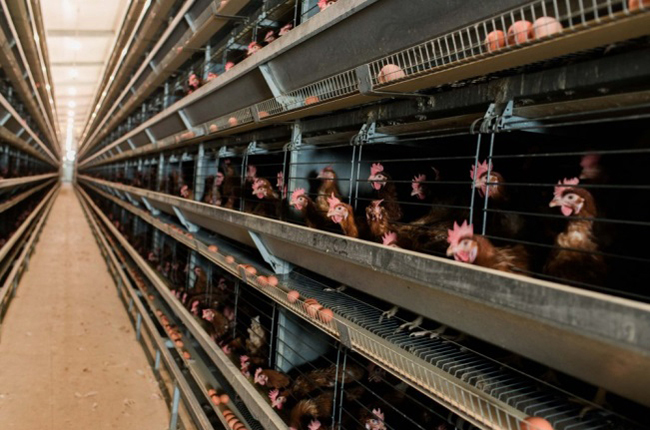
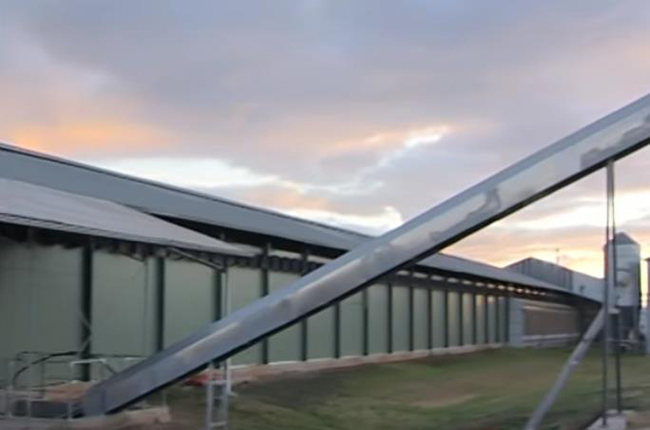
* Conventional cages
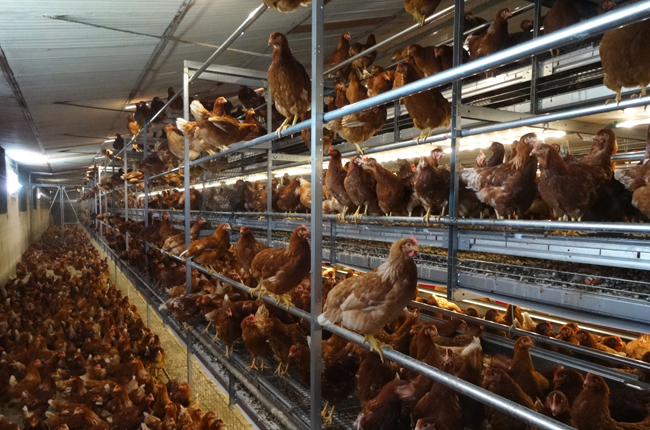
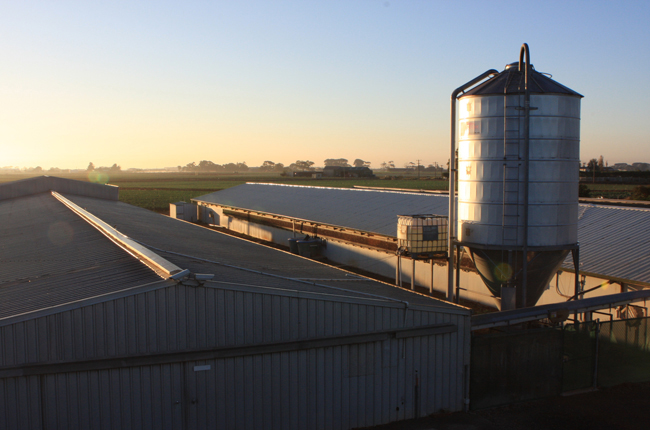
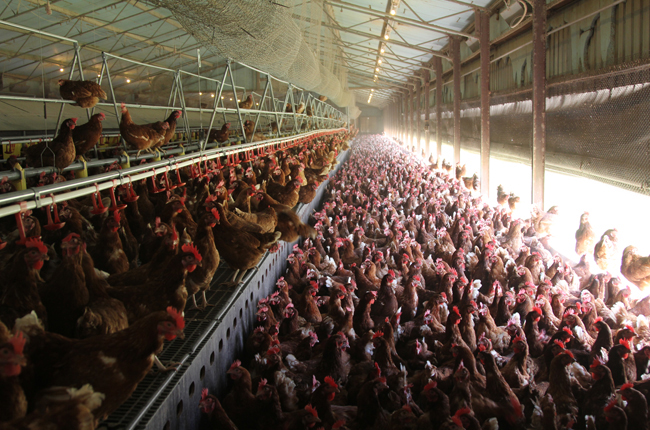
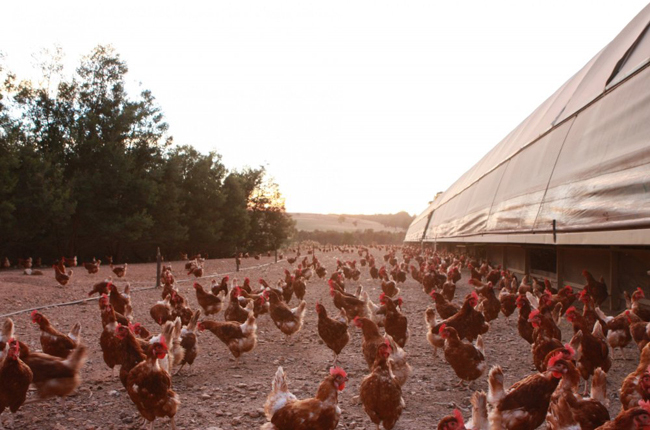
* Conditions on the range vary significantly depending upon climatic conditions.
Watch videos about Australian egg production systems
Cage production systems
Barn production systems
Free range production systems
Table 2. Egg production systems – comparative ranking of outcomes *
Issue | Production system | Comment | ||
|---|---|---|---|---|
Cage | Barn | Free range |
| |
Food safety | 3 | 3 | 3 | All eggs sold in Australia for human consumption must meet strict food safety standards. Managing egg hygiene is easier in conventional cage systems due to the nature of the structure. |
Freedom of movement and ability to exhibit natural behaviours | 1 | 2 | 3 | Conventional cages significantly restrict movement and the ability of hens to exhibit natural behaviours. Due to larger group sizes, it can be difficult to manage aggressive bird behaviour in cage free systems. |
Hen survival across the production cycle | 3 | 2 | 1 | Mortality rates in non-cage systems are typically higher than for cages, with free range having the highest mortality levels. |
Management of health, disease (biosecurity) and predators | 3 | 2 | 1 | Protecting hens from disease is challenging when they have access to their own manure and wild birds. Being indoors provides protection from predation and environmental extremes as sheds can be temperature and humidity controlled. |
Environmental sustainability | 3 | 2 | 1 | Cage systems provide efficient use of resources per unit of production. Free range production requires more land and hens to produce equivalent egg numbers compared to cage systems, and increases environmental risks. |
Food security and affordability | 3 | 2 | 1 | Cage production is the most efficient. Eggs from these systems are cheaper than non-cage. Grain consumption per egg produced is lowest in cage systems. |
(* Based on 3 being the highest raking)

